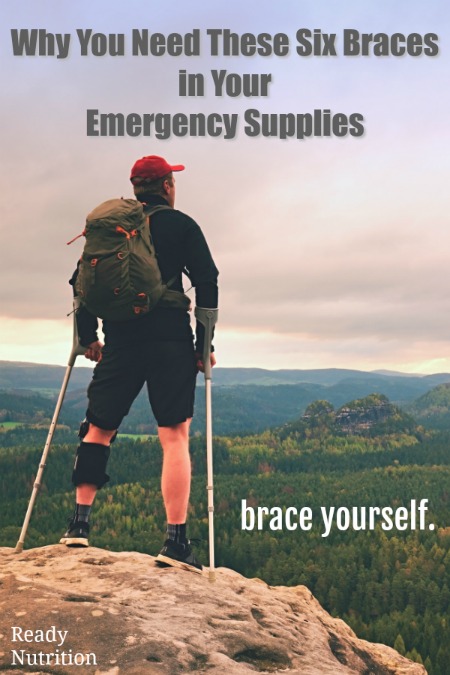
In the location of these joints, you have places where muscles articulate, and where tendons and ligaments bridge the gap between the ends of bones. Tendons actually attach muscle to the end of the bone, made of strong fibrous connective tissue. Ligaments are made essentially of the same material; however, these connect bone directly to other bones.
Why You Need Braces in Your Preps
You can suffer tears, pulls, and inflammation (swelling and tenderness) in and around each of these structures and the surrounding musculature and can take a long time to heal. Many are due to hyperextension, which means that the structure has exceeded the limitations of its ROM (range of motion) and sustains an injury, giving pain along the way. FYI, pain has a good purpose: to stop you in the middle of an activity that is hurting you or endangering you, and preventing you from going further…doing more injury to yourself.
Your leg muscles are strong: you can do a seated squat-press with free weights of hundreds of pounds. The quadriceps and calves are more than able to hold up under this tremendous weight. It is the knees and ankles that give you the problem. The tendons and ligaments are not designed to handle so much weight under ordinary circumstances…we’re born on Earth, not the planet Jupiter with a crushing gravity. This is where braces come in.
Support Yourself with these Six Braces
Common types are made just for your joints, usually out of neoprene or nylon. The knee braces drape over your knee and have a cutout in the back to enable the brace to bend a little. It may not seem as if it’s much, but the brace’s rigidity and combined flexion (ability to bend) absorb some of the force that your ligaments and tendons would have to bear on their own. Same for the ankle braces, and these slip over your foot akin to a shoe, but leave the toes free for calf-raises, or more stationary lifts such as squats or leg-presses where the ankle will move only slightly. The brace will help support it and keep it from moving laterally.
Wrist guards are very good. The wrist is the weak point for the arm. If you’re doing deadlifts or rowing, you could use a wrap with a strap…transferring the weight from your grip of hand and flexion of the wrist to the muscles of your arm and shoulders. Wrist guards themselves will help you to do the work on the muscles you intend to exercise and prevent you from being injured because the wrists flex or extend the wrong way.
A good example is a set of Wrist Wraps made by Gold’s Gym, available from either your friendly Wal-Mart or online with Amazon.com made of poly and elastic, 3” in width by 1’ long with a loop for the thumb and Velcro to adjust to your wrist. When you’re doing curls, flies, military press, or triceps extensions, you want these to support your wrist and keep them from bending in a manner that you do not wish. In that same vein, if you are investing in braces and wraps, look into purchasing some shoulder slings for bad sprains too.
You should always wear a weight belt when you lift. This helps to prevent a hernia, a condition where you strain so much that a portion of your intestines/innards actually comes through the abdominal wall. Not good. That belt does not brace a joint per se, but it does give some support to the hips. Neoprene waistbands can be used just for the purpose of strengthening the hips, and these work quite well.
You can use Ace wrap in a pinch, but the pre-formed braces are more user-friendly, as they’re tailored for the specific body area/joint you wish to support and protect. Orthopedic injuries and associated muscular trauma are the number one area for weightlifters and those training with weights to suffer a setback. An ounce of prevention is worth a pound of cure, and wearing braces is not the sign of a sissy. Braces are signs of strategy and of being smart. In order to maximize your gains, you need to use all of the tools at your disposal. Train safely, train as a professional, and train to win. JJ out!

